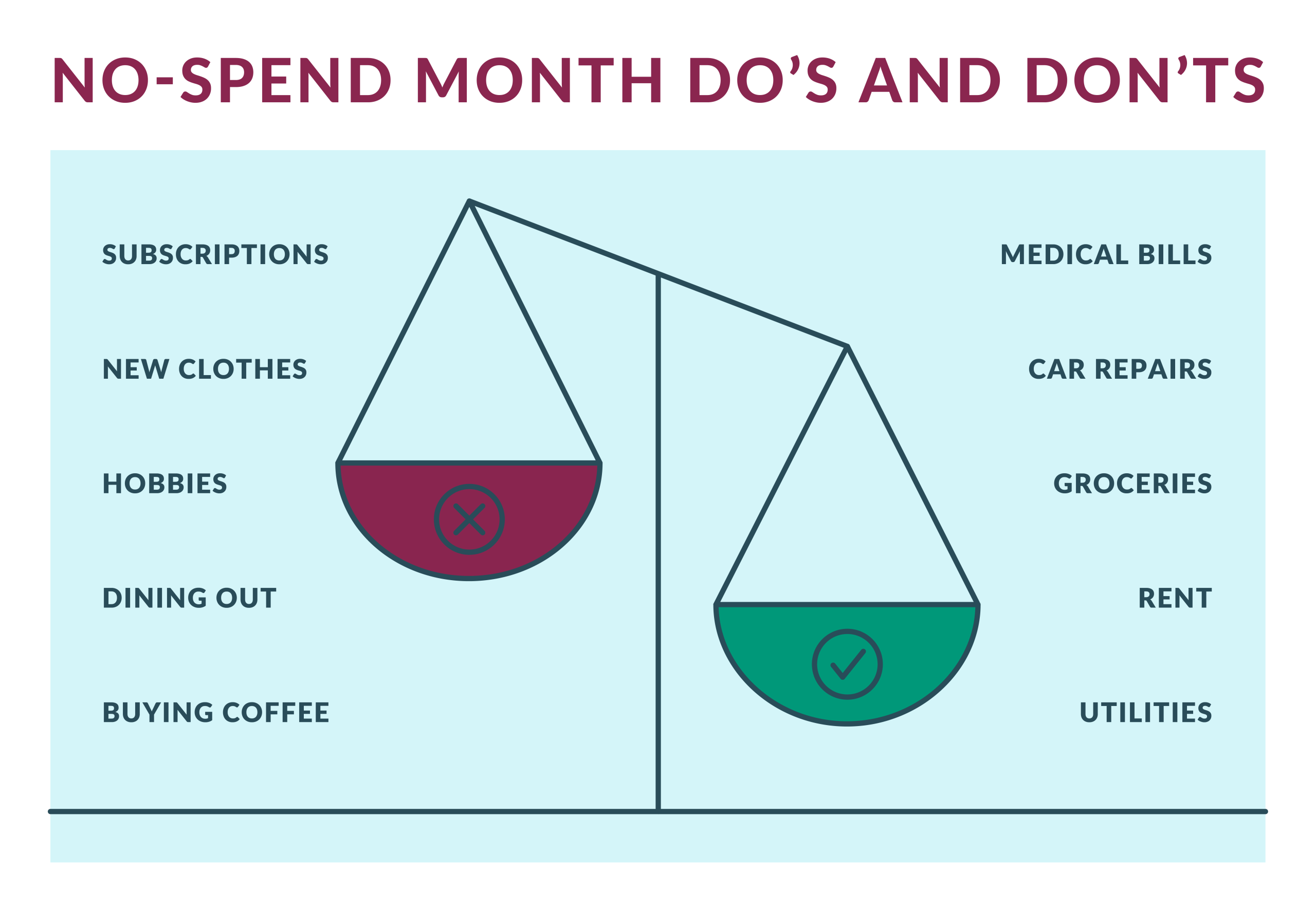Anúncios
In today’s fast-paced world, financial stability and planning are more critical than ever. One fundamental aspect of personal finance management is having a savings account.
Whether you’re saving for a rainy day, planning for the future, or simply looking for a secure place to store your money, a savings account offers numerous benefits and opportunities for financial growth.
In this text, we’ll walk you through the step-by-step process of opening a savings account. Read on to learn everything you need to know about opening a savings account!
Why Have a Savings Account?
Having a savings account offers numerous benefits and plays a crucial role in personal finance management.
It provides a safe and secure place to store your money while earning interest. Savings accounts also serve as a foundation for building emergency funds, achieving financial goals, and planning for the future.
With regular contributions and compound interest working in your favor, you can make significant strides towards achieving your aspirations.
Additionally, they offer liquidity, allowing easy access to funds when needed, and can help establish a relationship with a financial institution. Which may be beneficial for future financial endeavors.
Unlike some investment vehicles that tie up your money for extended periods, a savings account offers liquidity. Meaning you can access your funds quickly and easily whenever needed.
Step-by-Step Guide to Opening a Savings Account
As you can see, a savings account can offer a series of benefits. Whether to bring more security or peace of mind in everyday life.
And opening a savings account is a straightforward process. Here’s a brief overview of the steps involved:
Gather Your Documentation
Before you begin the process of opening a savings account, it’s essential to gather all the necessary documentation.
This typically includes a government-issued ID, such as a driver’s license or passport, which serves as proof of your identity.
Additionally, you’ll need your social security number, which is required for tax purposes and to verify your identity.
Most banks also require proof of address, which can be a utility bill, lease agreement, or other official documents that show your current residence.
Having these documents ready ahead of time will streamline the account opening process and ensure a smooth experience.
Visit the Bank
Once you’ve gathered your documentation, the next step is to choose how you’d like to open your savings account—online or in person.
Online banking offers convenience and flexibility, allowing you to open an account from the comfort of your own home, often with just a few clicks.
However, if you prefer a more hands-on approach or have questions that require personalized assistance, visiting a physical branch of the bank may be the better option.
In-person visits allow you to speak directly with a bank representative who can guide you through the process.
As well as answer any questions you may have, and provide tailored recommendations based on your financial needs and goals.
Select the Type of Account
When opening a savings account, you’ll need to decide whether you want to: open an individual account solely under your name or a joint account with another individual, such as a spouse or family member.
Individual accounts provide sole ownership and control over the funds deposited, making them ideal for personal savings goals or financial independence.
On the other hand, joint accounts allow two or more individuals to share ownership and access to the account.
In this way, making them suitable for couples, families, or business partners who want to pool their resources and manage their finances together.
Consider your specific circumstances and preferences when choosing the type of account that best fits your needs.
Provide Your Personal Information and Contact Details
Once you’ve selected the type of account, you’ll need to provide your personal information and contact details to the bank.
This typically involves filling out an application form with details such as your name, date of birth, address, social security number, and employment information. Additionally, you may be asked to provide contact information such as your phone number and email address.
Providing accurate and up-to-date information is crucial to ensure the smooth processing of your account application and to comply with regulatory requirements.
Review the Terms and Conditions
Before finalizing your account opening, take the time to carefully review the terms and conditions associated with the savings account.
This includes understanding:
- The interest rates offered;
- Any fees or charges associated with the account;
- Minimum balance requirements, withdrawal restrictions, and other relevant policies.
Pay close attention to any fine print and ask questions if there are any terms or conditions that you’re unsure about.
Understanding the terms and conditions upfront will help you make informed decisions and avoid any surprises down the line.
Submit Your Application
Once you’ve completed all the required steps and provided the necessary information, it’s time to submit your application for opening the savings account.
If you’re opening the account online, you may need to electronically sign the documents or upload any required documentation.
But if applying in person, a bank representative will assist you in completing the necessary paperwork and submitting your application.
Be sure to double-check all the information provided to ensure accuracy and completeness.
After submitting your application, the bank will review it and notify you once your account has been successfully opened.
How to Choose a Savings Account?
When selecting a savings account, consider factors such as:
- Interest rates;
- Fees;
- Minimum balance requirements;
- Accessibility;
- Reputation of the financial institution.
Compare different options available to find the account that best suits your financial needs and goals.
Look for accounts with competitive interest rates to maximize your savings potential, and consider any additional features or benefits offered by the bank.
Opening a savings account is a fundamental step towards financial security and stability.
By understanding the process and factors to consider when choosing an account, you can make informed decisions to effectively manage your finances and work towards your financial goals.
Remember to regularly review your savings account to ensure it continues to meet your needs. And explore opportunities to optimize your savings and achieve financial success.






